Table of Contents
ToggleIVF, also called In Vitro Fertilization, is a revolutionary advancement in gynaecology and obstetrics to treat infertility. IVF involves several medical procedures that both partners must undergo before successful conception. It is the best form of assisted reproductive technology, where a woman’s egg and a man’s sperm are mixed in a dish in a laboratory.
In Vitro fertilisation entails several stages crucial to achieving a successful pregnancy, including ovarian stimulation. Ovarian stimulation, also called COS (i.e. controlled ovarian stimulation), is the second stage of the IVF procedure, which involves persuading the development of follicles in the woman’s ovaries.
The ultimate goal of the ovarian stimulation process is to boost a woman’s chance of getting pregnant. And if you are planning to undergo an ovarian stimulation process. In that case, this guide curated by our IVF specialist at Aastha Fertility Center will provide an overview of the IVF process so that you know exactly what to expect from this treatment.
Aastha Fertility Center is one of the best IVF centres in India that offer best-in-class consultation and treatment.
What is Ovarian Stimulation in IVF?
Ovarian stimulation in IVF mimics a woman’s ovulatory cycle, in which natural hormones promote the maturation and release of eggs.
In IVF, ovarian stimulation is accomplished with the help of hormonal injections or medications to stimulate several eggs so that multiple eggs can be produced to increase the chances of conceiving.
This stimulation process in IVF lasts for 8-14 days.
Ovarian Stimulation: How Does It Work?
These hormones are injected over two weeks to initiate the process.
- During ovarian stimulation, certain hormone injections like Follicle-stimulating hormones & Luteinizing hormones are used, which causes ovarian follicles to enhance their egg production and produce more mature eggs than usual.
- It may take longer for some women to get through this stage, depending on how quickly their eggs grow.
- According to a study published in October 1989, women who did not respond well to one dosage of Follicle-stimulating hormones had impeccable results when given higher doses in the next IVF cycle.
- The sole purpose of using Follicle-stimulating hormones is to augment the estrogen level and raise the development of follicles because some die naturally due to decreased FSH levels in the body.
- These levels need to remain high so eggs can be produced in greater quantities.
When is Ovarian Stimulation Done?
- Ovarian Stimulation is done 36 hours before the egg retrieval process.
- It begins with the egg’s final maturation, so the eggs are ready for retrieval.
Benefits of Ovarian Stimulation
- One of the most prominent benefits of Ovarian stimulation is that it augments the efficiency of Assisted Reproductive Technology by providing the opportunity to collect numerous mature eggs per IVF cycle.
- As well as increasing efficiency, it also persuades ovulation in infertile women and thus facilitates conception for many infertile couples.
Process for Ovarian Stimulation
Ovarian stimulation consists of two types:
- Antagonist Protocol
This protocol initiates the stimulation process after the second day of the menstrual cycle.
- Long Protocol
In this protocol, the stimulation process begins a week before the next menstruation is expected.
Numerous hormones are administered to obtain multiple mature eggs from single egg retrieval.
- Ovarian stimulation is accomplished by an injection called gonadotropins which contain FSH and LH hormones.
- Approximately ten days before the egg retrieval procedure, an FSH injection is given to the patient.
- These hormones (injections) enhance the growth of various follicles in a woman’s ovaries.
- Using ultrasound technology, the fertility specialist monitors the patient during the ovarian stimulation stage.
- After monitoring, counting, and measuring the sizes of the follicles using ultrasound technology is done.
- The oocyte retrieval procedure will be scheduled when adequate follicles measuring over 17-18 mm are found.
- At last, a final Human Chorionic Gonadotropin injection is given to the patient to foster the final stage of the egg’s maturity.
Ovarian Stimulation Medication
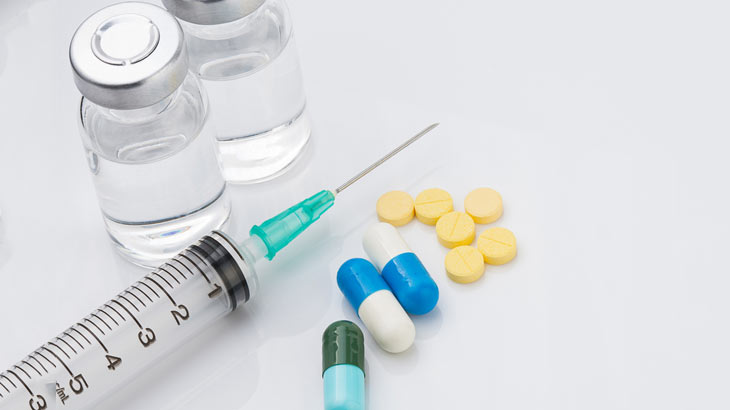
Generally, there are three types of ovarian stimulation drugs or ovarian stimulation injections which are involved in pumping the ovaries during the Ovarian stimulation process:
Gonadotropins Drug
The fertility experts give the dosage of this drug to subdue the downturn of Follicle stimulating hormone and Luteinizing hormones, which usually appear in the early menstrual cycle.
GnRH – Antagonist and GnRH -Agonist
- Lupron drugs fall under the GnRH agonist.
- Ganirelix and Cetrotide drugs fall under the GnRH antagonist.
The fertility experts give the dosage of these drugs after the gonadotropin medication to control the Follicle stimulating hormone and Luteinizing hormones so that the ovulation occurs precisely at the apparent time and prevents premature ovulation before egg collection.
Follicle Stimulating Hormone Drug
- Bravelle
- Gonal-F
- Follistim
- Menopur
The fertility experts give the dosage of these drugs to stimulate the development of eggs (multiple eggs).
Human Chorionic Gonadotropin Drug
- Pregnyl
- Ovidrel
- Novarel
The fertility experts give the dosage of these drugs to foster the final stage of the egg’s maturity.
All these drugs can be given via injections.
Monitoring for Ovarian Stimulation
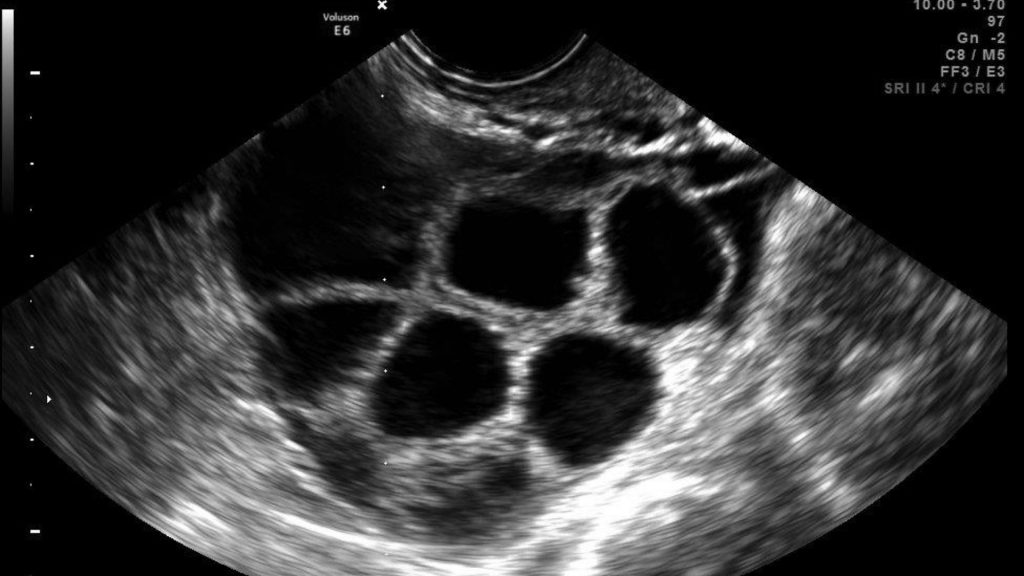
Heedful monitoring by the best IVF centre is essential for optimising and controlling ovarian stimulation during IVF.
Monitoring of your progress will be done by
- Vaginal ultrasound
- Blood hormone monitoring
Blood Hormone Monitoring
Estradiol (estrogen) levels may be assessed by drawing blood in the morning for several days.
- You can have this test performed at your IVF centre. But make sure you show the reports to your IVF expert immediately following the blood draw.
Vaginal Ultrasound
During Ovarian Stimulation, your ovaries will be scrutinised with ultrasound.
- A picture will be shown on a monitor by bouncing high-frequency sound waves off body tissues. These waves cannot be felt or heard.
- The image displayed on the monitor will showcase your ovarian follicles. The expert team will then determine the size, where the follicles are located, and numbers.
- During an ultrasound, a transducer is placed in the vagina while lying on your back. Opposite you will be a screen showing the follicles in your ovaries.
Ovarian Stimulation Side Effects During IVF
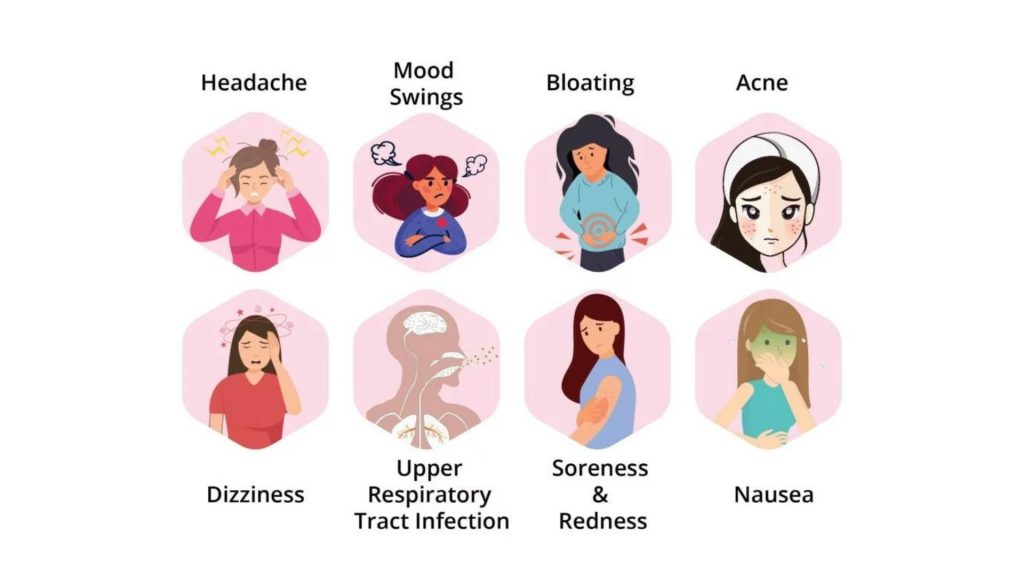
The experts at Aastha Fertility have listed the following undesirable effects caused by Follicle stimulating hormones and Luteinizing hormones:
- There is an increased chance that multiple eggs will be implanted in the uterus, resulting in multiple pregnancies.
- There is an increased chance of premature delivery.
- There is an increased chance of miscarriages.
- Other side effects like breast tenderness and rash will occur due to hormones injected.
- You may experience mood swings and depression.
- One of the most annoying side effects, which can also happen, is Ovarian hyperstimulation syndrome.
Also, Read- Side Effects of IVF Treatment.
What to expect during this Second Stage of IVF?
Below mention is a few points you might encounter during ovarian stimulation:
Management of Medications
- There are often complications associated with IVF medications.
- The treatment will likely involve injections and pills that you will administer yourself.
- The stress of IVF makes it very easy to forget what medications you should take and at what times. You don’t need to be ashamed or alarmed if this happens to you; instead, you should seek medical advice and help from the experts at Aastha Fertility.
- Besides your medications, it is also imperative to keep track of your hormone levels through a blood test.
- By performing these tests, your IVF expert can determine how and when adjustments need to be made.
Tests and Travel
- Regular checkups and medication will require frequent communication between you and your IVF specialist.
- You may also have to travel for tests regularly.
- That’s why choosing an expert IVF team whom you trust is crucial.
Mood Changes
- It’s natural to have mood swings during an ovarian stimulation procedure.
- Mood swings are often caused by an amalgamation of stress gifted with IVF treatment and hormonal changes, which can be hard to distinguish.
What is Ovarian Hyperstimulation Syndrome?

OHSS, also called Ovarian Hyperstimulation Syndrome, is an iatrogenic complication of ovarian stimulation which occurs when the women’s ovaries swell (due to medications taken to stimulate the growth of eggs than usual) and the fluid leaks into the extravascular space (abdomen belly), which results in causing
- Bloating
- Swelling in the abdomen
- Nausea
OHSS is more likely to occur in those women who have PCOS, i.e. polycystic ovarian syndrome and are receiving fertility treatments
Symptoms
There are two types of symptoms that women might occur:
Mild Symptoms
- Unexpected weight gain
- Moderate abdominal pain
- Vomiting
- Tenderness in the ovary area
- Diarrhea
Severe Symptoms
- Abdomen is enlarged
- Decrease in urination
- Kidney failure
- Severe vomiting
- Shortness of breath
- Ovarian hyperstimulation causes kidney failure
Causes
Ovarian Hyperstimulation Syndrome is caused by a hormone injected during the ovarian stimulation process called Human Chorionic Gonadotrophin, which triggers the blood vessels abnormally in the woman’s ovaries, causing.
- Fluid leakage
- Swelling of ovaries
Ovarian Hyperstimulation Syndrome occurs a week after when this hormone is used as a trigger shot during fertility treatment for mature follicles to release their egg.
Complications
- Blood clots in the lungs or legs
- Collection of fluid sometimes in the chest and at the abdomen
- Ovarian torsion
- An ovarian cyst (excessive bleeding is caused)
- Death (comes in rare cases)
- Miscarriage
Risk
Factors that may enhance your OHSS risk are:
- Women who previously had OHSS
- Women who are under the age of 35
- Women who have high levels of estrogen during IVF treatment
- Women who received a high dose of HCG shot.
How is OHSS Treated?
The treatment of Ovarian Hyperstimulation Syndrome depends on how severe the case is
For moderate case
- Avoid strenuous exercise
- Checking your weight daily
- Increase the intake of fluids
- Keep an eye on if there are any severe symptoms
For severe case
- Your IVF experts will adjust your medication dose
- You will receive fluids through intravenous
- Your fertility expert will freeze your embryos until your ovaries become normal
- You will undergo paracentesis (removing fluids from the belly)
- Taking medication to ease activities in ovaries
Conclusion
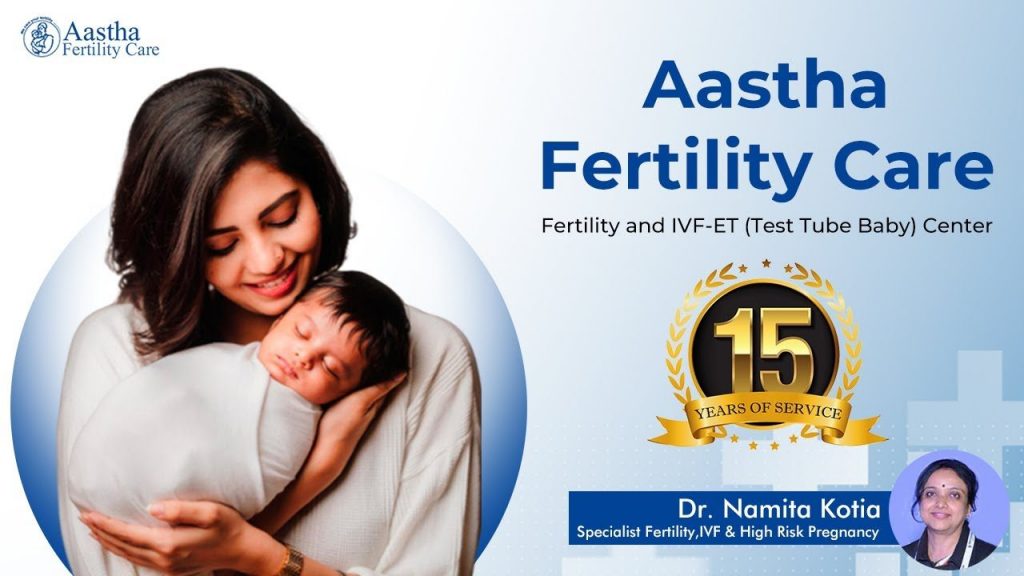
- Choose a reliable medical team whom you can rely upon.
- Stay abreast with your medications.
- Don’t hesitate to ask for help if you are unsure about anything.
- Travel arrangements should be made to get your tests and discussions impromptu with your doctors.
- Be gentle with yourself during the procedure, as it can be stressful.
We know that ovarian stimulation is primarily the most challenging stage of In Vitro Fertilization treatment. We have probed all the process aspects, easing things for our patients to maximise their chances of IVF success.
With Aastha Fertility Specialists, you’ll receive 360-degree uphold during your IVF treatment period so that all of your doubts can be openly resolved, maintaining complete transparency.
You can find out more about Aastha Fertility by visiting our website, or you can contact us via
Phone Number +91 9829 069 228
Instagram: aasthafertilitycare
FAQ Related To Ovarian Stimulation
1. What to eat during ovarian stimulation?
Eat protein-based foods like egg whites, soybean milk, cottage cheese, fish, and beans.
2. What are ovarian stimulation protocols?
Three types of protocols are used.
- Flare and micro-flare protocol
- Antagonist protocols
- Luteal Lupron
3. What is the cost of ovarian stimulation injections?
The cost of injections ranges between RS 50,000- RS 1,00,000.

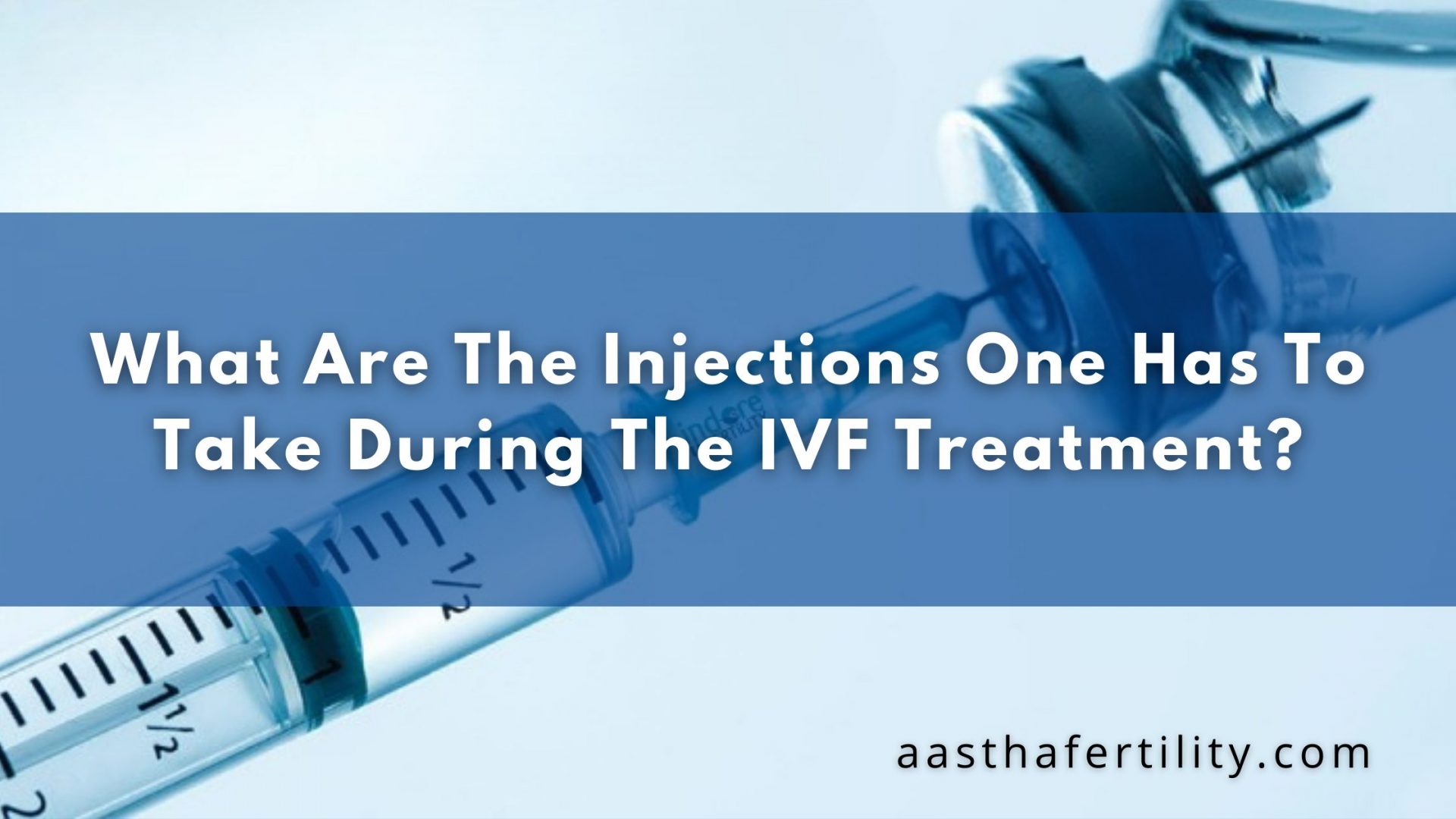
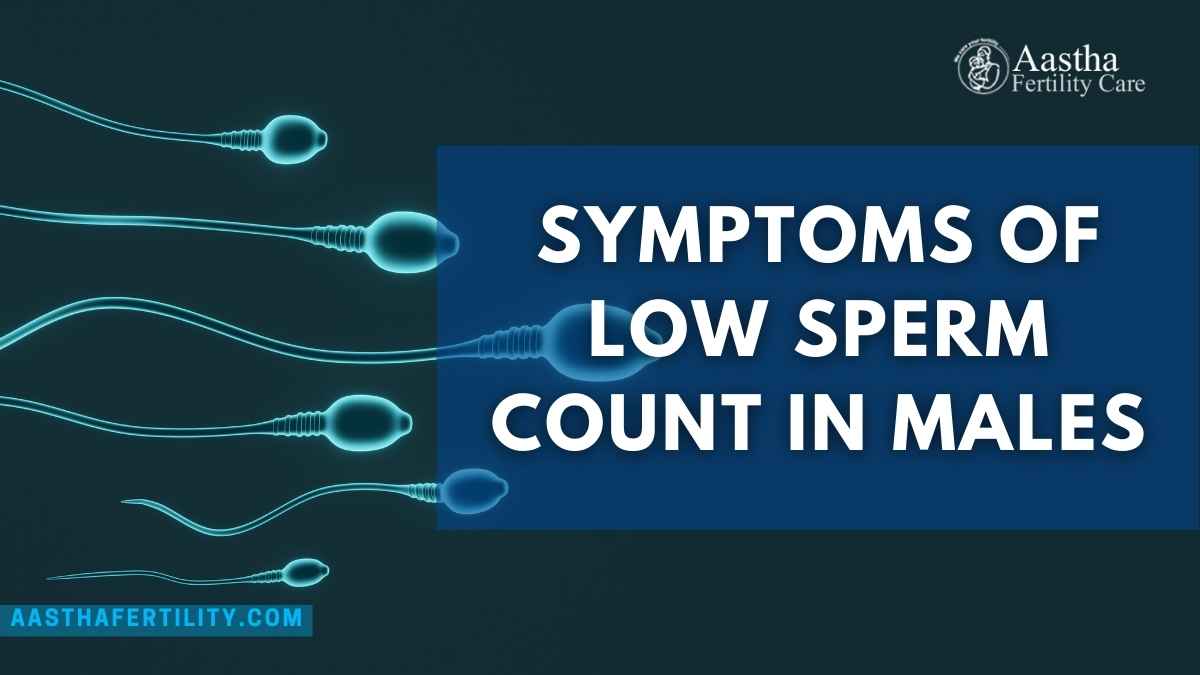
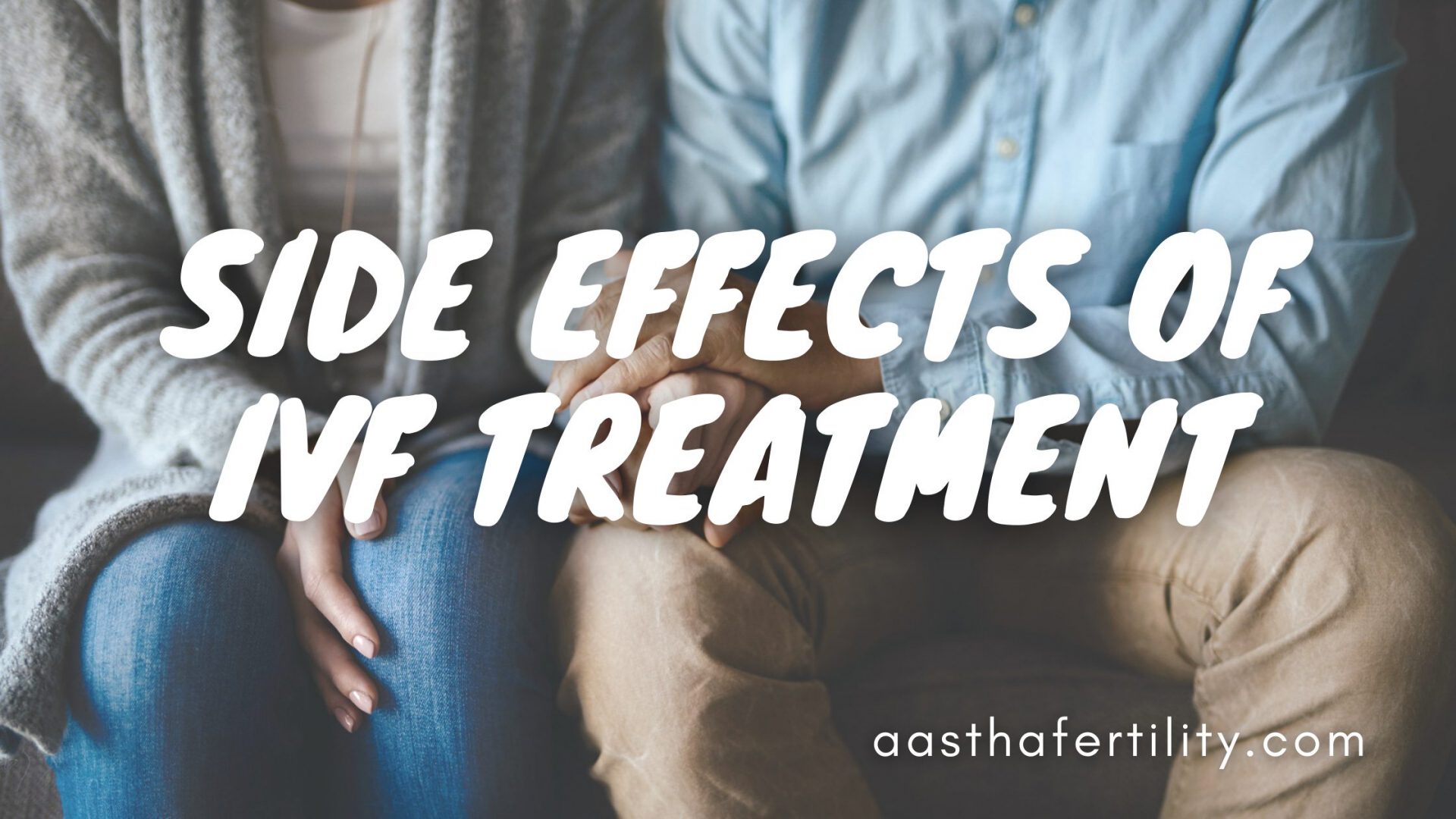

Leave a comment